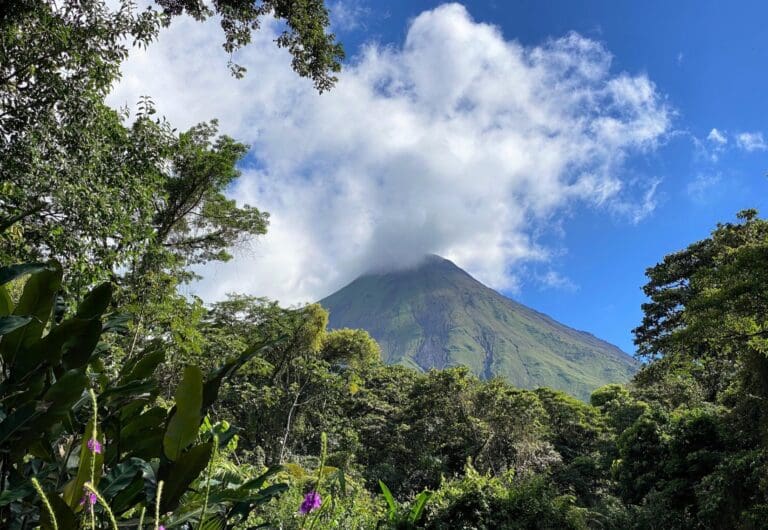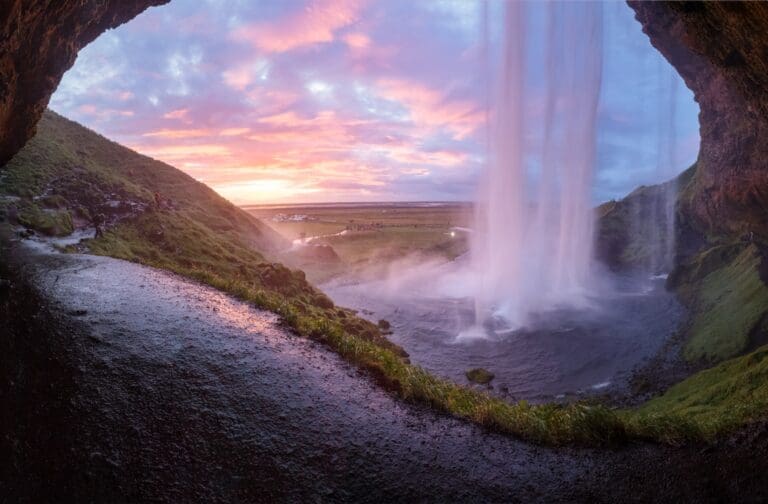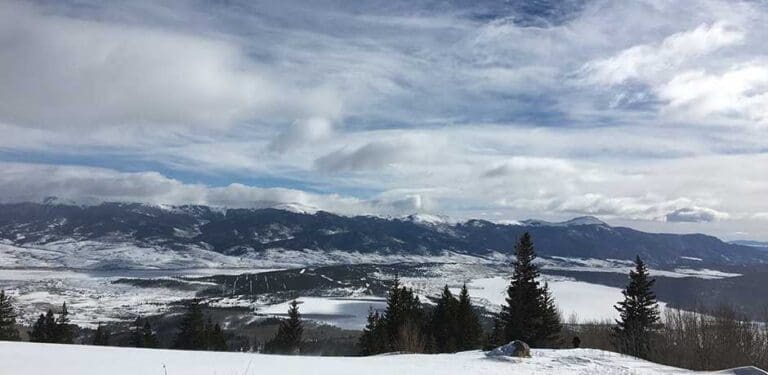Crossing the Drake Passage? Everything You Need to Know!
If you dream of visiting Antarctica, it is likely you have heard of the notorious Drake Passage. Crossing the Drake Passage (or ‘Mar de Hoces’) is a true milestone for every intrepid traveler. The experience is guaranteed to provide a sense of true adventure, as the weather conditions and waves in the Drake Passage are always unpredictable – no matter the time of year.
The following guide is especially useful if you are one of the audacious explorers who dream of traveling across the Drake Passage to Antarctica. This comprehensive guide includes historical information, weather descriptions, and helpful tips to help you plan your truly Antarctica experience.
My Experience on the Drake Passage
For anyone that knows me, I am a lover of all things adventure! I am very lucky to have explored over 50 countries on this extraordinary planet. However, one of my all time favorite adventure destinations though is Antarctica, the 7th Continent. There are very few places in the world that are as stunningly beautiful as Antarctica and to get there you need to cross the infamous Drake Passage which can be the ultimate adventure experience.
I am very fortunate to run The Explorer’s Passage, a premier adventure travel company, and in my humble opinion, we are the best tour company in Antarctica.
Table of Contents
- The History of the Drake Passage
- Location of the Drake Passage, and ‘Rounding the Horn’
- Weather Conditions in the Drake Passage
- The Journey to Antarctica: ‘Drake Lake’ or ‘Drake Shake’
- Drake Passage Wildlife
- Things to Do and See on the Drake Passage
- Tips for Crossing the Drake Passage
- Safety During the Drake Passage
- Reaching Antarctica
The History of the Drake Passage
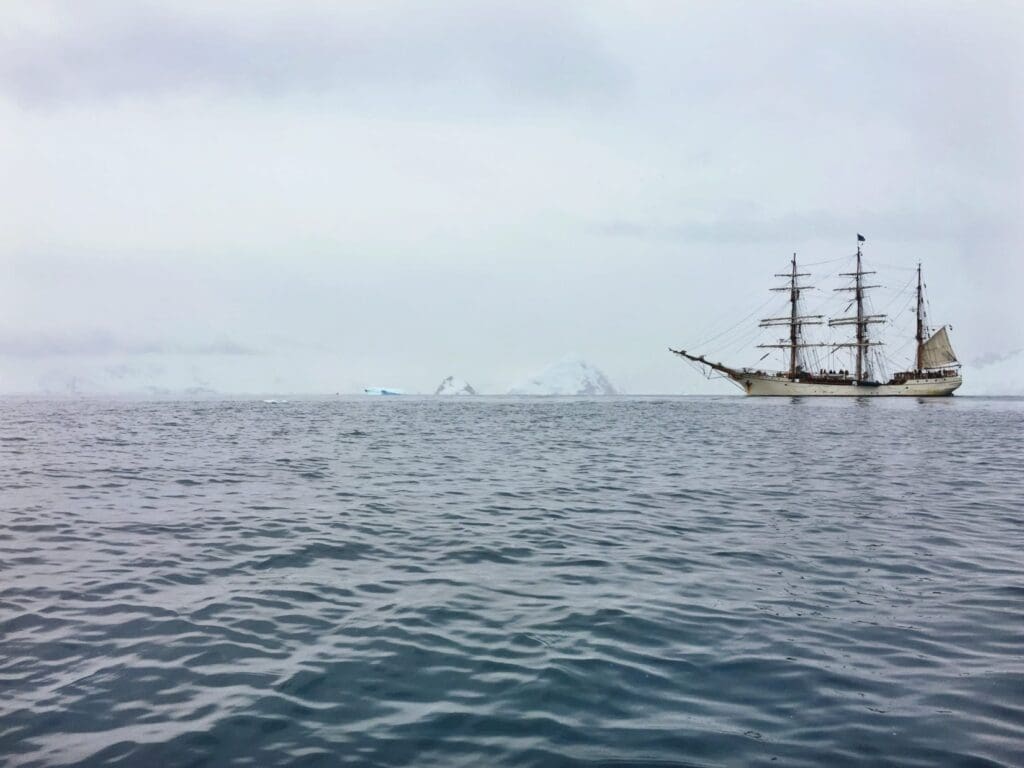
This body of water is named after the famous English explorer, Sir Francis Drake. Though Drake never sailed through his namesake waters himself, one of his ships did pass near its location, discovering a connection between the Atlantic and Pacific Oceans. This meant that they inadvertently discovered the Drake Passage in 1578, and proved the existence of an open water route south of South America.
Many decades after its discovery, a ship named the Eendracht made the first recorded successful voyage through the Drake Passage. Willem Schouten, a Dutch navigator, served as captain of this voyage in 1616. He also named Cape Horn on this journey. Despite the difficulties involved in navigating it, the Drake Passage proved to be an important part of future international trade routes in the 19th and early 20th centuries, prior to the opening of the Panama Canal in 1914.
Antarctic exploration has a rich history, with figures like Ernest Shackleton and Robert Falcon Scott playing pivotal roles in navigating the harsh conditions of the Drake Passage. Shackleton’s famous Endurance expedition in the early 20th century, for example, highlighted the treacherous nature of these waters, as his crew faced relentless storms while attempting to reach Antarctica. Scott, on the other hand, is remembered for his tragic race to the South Pole, where he also relied on the Drake Passage for his journey. These explorers’ perseverance through the Passage paved the way for modern expeditions, shaping the way we now approach this formidable stretch of water.
Throughout history, the Drake Passage is known for its often turbulent seas. These conditions made it a very dangerous crossing for wooden sailing ships. However, this has changed with modern ship construction and technology. With the advent of sonar and advanced navigation systems, the journey is now much more accessible to travelers from across the globe. In December 2019, a team of rowers even achieved the first human-powered transit of the Drake Passage!
The Drake Passage on a Map, and ‘Rounding the Horn’
The Drake Passage is situated at the point where the Atlantic and Pacific oceans meet. This means that it is a massive convergence of waves, wind, and currents. Looking at it on a map, the Drake Passage is broad in area, around 620 miles in width. It is of particular interest to anyone wanting to voyage to Antarctica, because it extends from South America’s southernmost tip to the South Shetland Islands and the Antarctic Peninsula.
Cape Horn is the most southern headland, situated in the Tierra del Fuego archipelago in Chile. It indicates the northern boundary of the Drake Passage on a map. ‘Rounding the Horn’ refers to the navigation of vessels around Cape Horn itself. Stormy seas made the rounding of Cape Horn a difficult challenge for ships and their crews throughout history (especially for simpler sailing vessels), partly because the area is subjected to intense winds, rainfall, and seasonal sea ice. The opening of the Panama Canal meant many ships no longer had to complete this voyage around Cape Horn.
The Drake Passage is also a very deep body of water, with an average depth of 11,150 feet. The ocean floor is estimated at 15,700 feet deep around the southern and northern boundaries of the Passage.
Weather Conditions in the Drake Passage
Due to this convergence of oceans, the Drake Passage is a very unique climatic area. It is a transitional zone between the cooler, more humid, and subpolar conditions of Tierra del Fuego and the more frigid Antarctic. The region is therefore very dynamic, and cyclones can form in the warm Pacific before being swept into the Drake Passage. Despite the conditions, it is very common to make the journey through the Passage today. Modern technology helps forecast and navigate the weather much more easily!
The Journey to Antarctica: the ‘Drake Lake’ or ‘Drake Shake’
Though the Drake Passage is situated in one of the most remote parts of the world, it is one of the primary ways to reach Antarctica. In general, the journey takes approximately 36 hours from Ushuaia, Argentina (the southernmost city in the world). Around 75,000 people per year journey to Antarctica via sea voyage. The exciting experience of sailing this passageway is that of following in the footsteps of many of history’s greatest explorers.
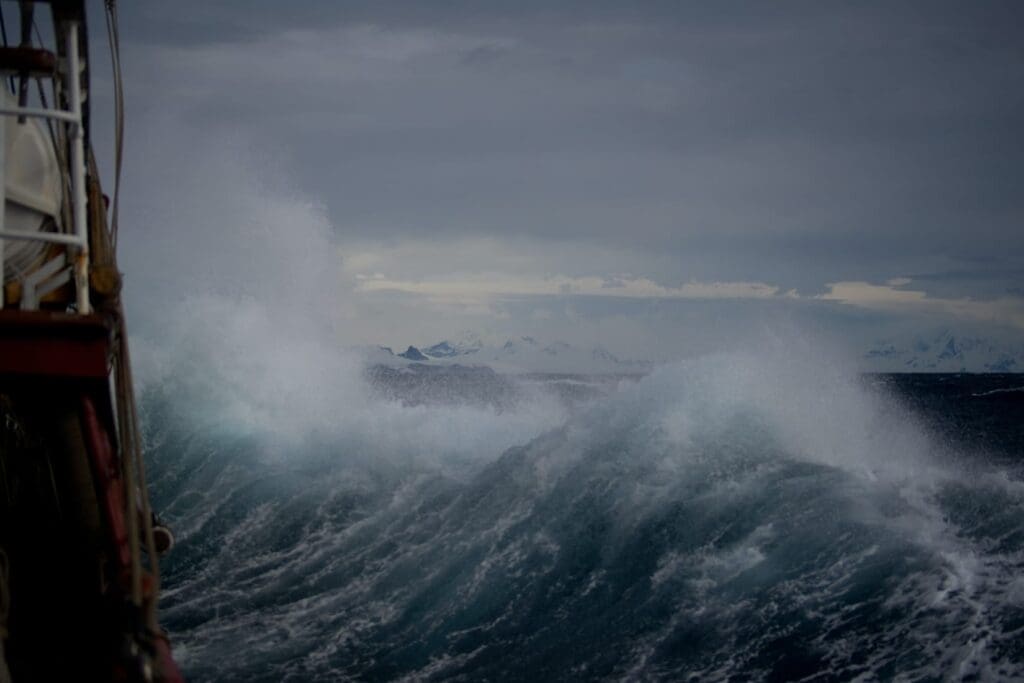
Seasoned travelers say the Drake Passage has two states: the ‘Drake Lake’ or the ‘Drake Shake’. The latter can feature large waves up to about 9-12 meters (wave heights of approximately 30-39 feet). Today, modern ships can cross the Drake Passage and its waves very reliably, as they handle the swells better and have much more advanced navigation systems.
However, the Drake Passage may well also be calm, which some people refer to as the ‘Drake Lake’. On many voyages, you can still experience placid waters as far as the eye can see. It is all a matter of ‘luck of the draw!’ Either way, it is a truly unforgettable way to access and discover the ice-covered continent of Antarctica – one of the most remarkable locations on our planet.
Drake Passage Wildlife
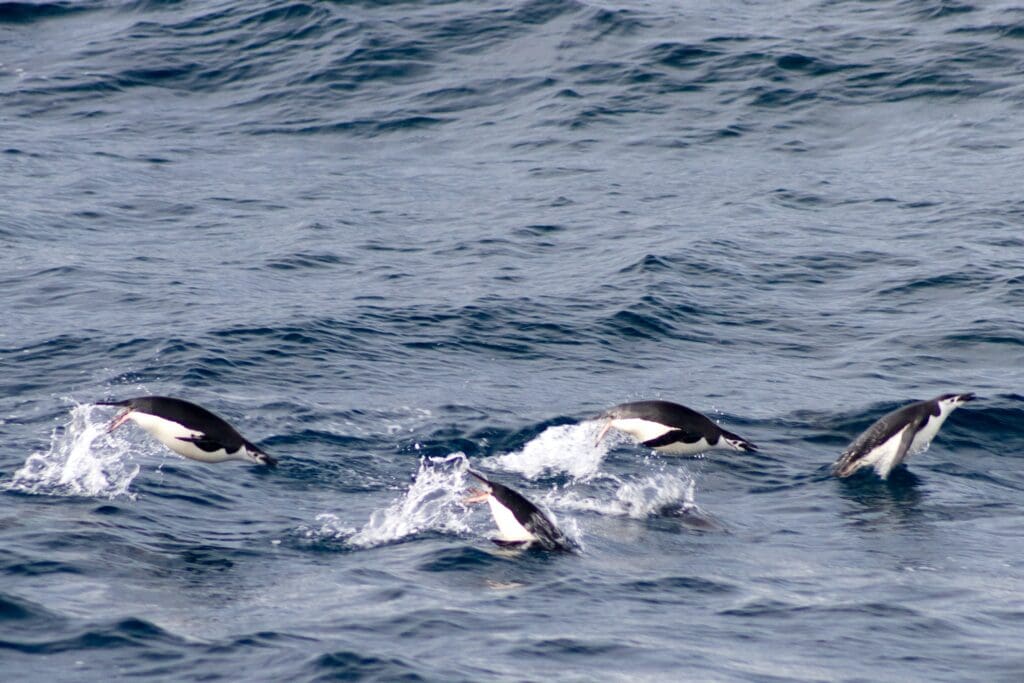
The fauna on display in the Drake Passage is incredibly diverse. The Passage plays host to many species, including but not limited to: hourglass dolphins, a wide variety of seabirds (such as giant petrels and wandering albatross), humpback whales, orcas (“killer whales”), ever-popular penguins, and more. The waters of the Drake Passage are rich in plankton and krill, which are an essential food source for blue and fin whales, squid, emperor penguins, and crabeater seals.
Things to Do and See On the Drake Passage
The voyage across the Drake Passage can be one of the most memorable parts of a journey to Antarctica. Below, you will find a list of some of the things that we – or our fellow travelers – have enjoyed doing:
- Whale watching and sea bird spotting;
- Preparing personal gear;
- Educational lessons (on oceanography, glaciology, Antarctic biology, climate science, etc.);
- Board games;
- Reading;
- Team bonding (e.g. group discussions, “ice breakers” [pun intended], or games like balancing competitions!);
- As you near Antarctic waters, keep an eye out for the South Shetland Islands. These may be the first Antarctic terrain that you see (depending on your route). Either way, you want to be out on deck on the final day of the crossing so that you can be one of the first to spot some floating Antarctic ice!
Tips for Preparing to Cross the Drake Passage
If you are planning to take a sea voyage to Antarctica, it is important to prepare yourself for crossing the Drake Passage and getting your ‘sea legs.’
First of all, attitude can be everything. The experience, while atypical and decidedly thrilling at times, is really ‘what you make of it.’ If you approach potentially choppy seas with a “this is a once-in-a-lifetime experience!” mentality, that confidence and eagerness can go a long way.
Medicines and Remedies
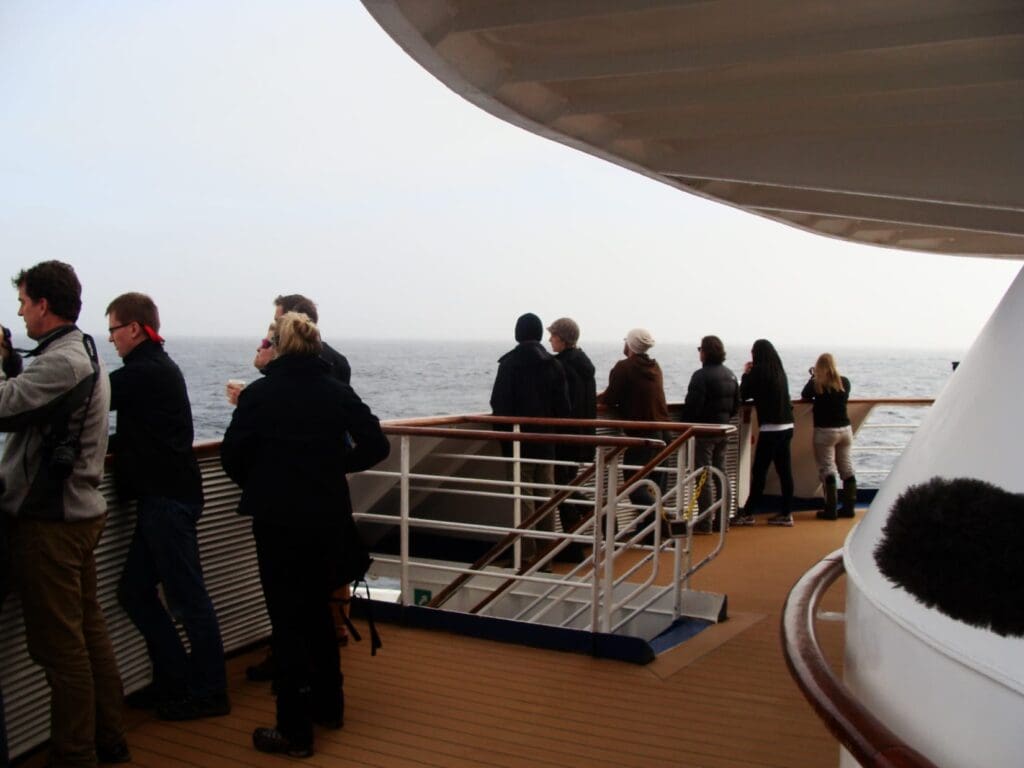
It is also worth being prepared to deal with potential seasickness. Turbulent Drake Passage conditions can unsettle you, especially if it is your first time. Therefore, many travelers bring prescription medicine in order to avoid getting sick. If you consult with a doctor beforehand, medicinal patches are popular with travelers on the Drake. Some travelers choose to take prescription pills and rest in their cabins. However, this can mean missing out on the splendor that a journey through the Drake Passage offers. Either way, it is advisable to do what works best for you!
For a more natural remedy, ginger gum and ginger pills can potentially help settle the stomach. Alternatively, you can also drink ginger in a tea form. Acupuncture wrist bands are also an option, as they exert pressure and stimulate the P6 or Nei-Kuan acupressure point at the wrist. It has been shown that pressure on this particular point helps relieve nausea.
Another useful tip that helps some travelers is to look at the horizon. If you fix your gaze on a steady point where the ocean meets the sky, it can potentially override any emerging feelings of instability or sickness. Don’t ask us how this works, but we (and many other travelers) have found that it can sometimes help!
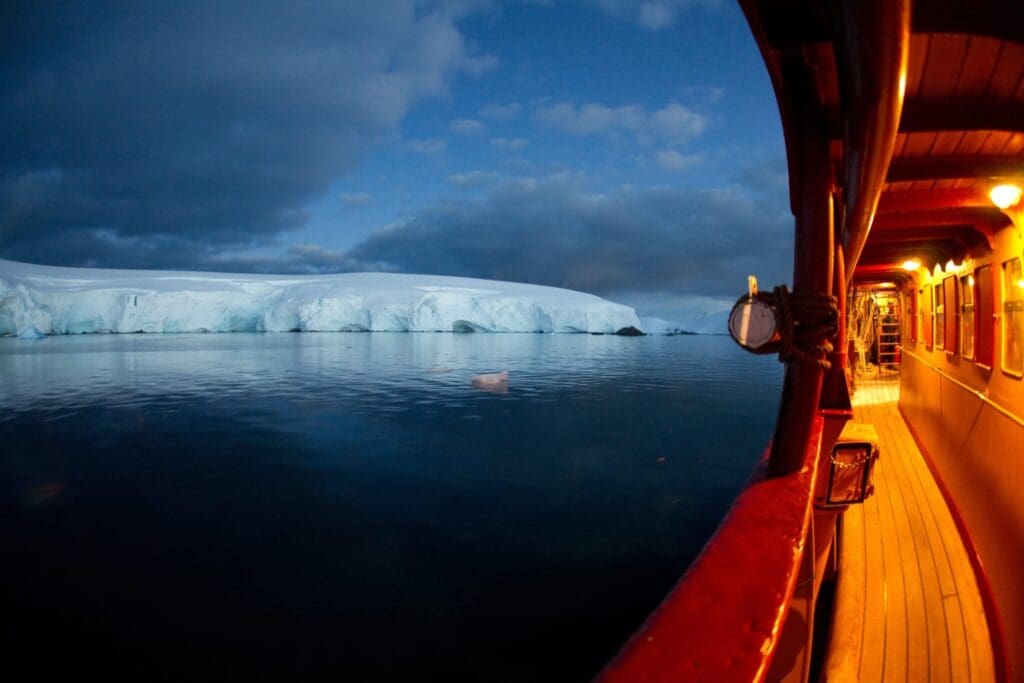
Ship and Cabin Selections
Another helpful tip: consider strategically picking a cabin on your vessel. If possible, rooms at the ship’s center will feel much less of the movement during rough seas than those at either end. It also helps to have a window or balcony, instead of a room with no view. Lastly, the higher up the cabin on the ship, the better! So, if you are concerned about seasickness caused by Drake Passage waves, choose a central, high location on the vessel with a view.
Be aware that a larger vessel will also be more stable in a turbulent ocean than a smaller one when crossing the Drake Passage. However, it is worth noting that landings in Antarctica are restricted to 100 people ashore at any one time. This means that very large ships stagger their landing groups. The type of ship you take affects the activities on offer, the ability to land in certain spots, and the ability to navigate smaller channels and inlets. Weigh your options and personal preferences, and consider how you would best like to experience the drama and beauty of this historic journey to Antarctica.
Safety During the Drake Passage
As we mentioned earlier, twenty-first century travelers can have full confidence in the safety of modern ships. This is particularly true when they are specifically engineered and rated for the variable conditions of the Drake Passage. Many even have supplementary stabilizer systems to keep the ship steady.
You will find that the ships’ crews approach rough conditions much the same way that commercial airline crews handle occasional turbulence: it is entirely expected, routine, and they do it all the time! At times, the captain or crew can instruct you to stay inside, and not to go out on the decks. It is absolutely essential that travelers heed these warnings.
In addition, be mindful and cognizant of any personal alcohol consumption during the journey. Being impaired during a rough crossing of the Drake Passage can be uncomfortable at best, and quite dangerous for you at worst.
Reaching Antarctica!
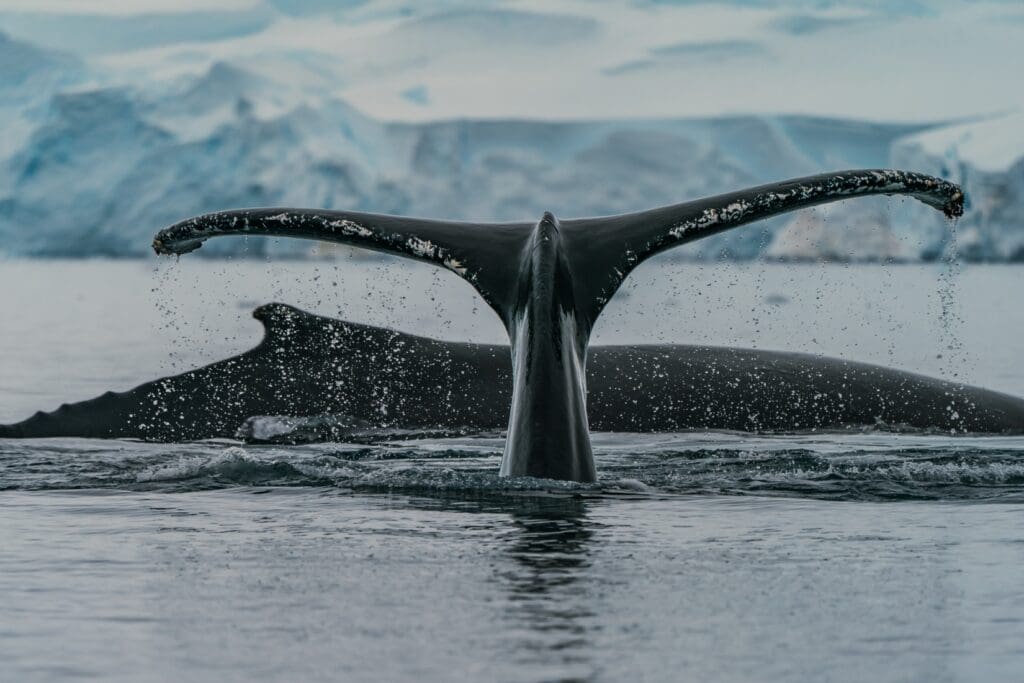
Reaching the icy seventh continent by crossing the Drake Passage is a defining item on the bucket list of many explorers. By journeying through the legendary Drake, you have thus paid the ‘price of entry.’ The great reward is Antarctica herself! Then, you can discover a pristine land, both vast and truly unlike anywhere else in the world.
Antarctica is still considered the last great wilderness on our planet, and for good reason! Its beauty and uniqueness have attracted explorers and inspired the imagination across history. Even ancient Greek scholars spoke of a mysterious southern continent long before its discovery.
Explorer and celebrated Antarctic expedition leader Ernest Shackleton once said, ‘We all have our own white south.’ The continent exists as an excellent metaphor for personal journeys and contextualizing our human nature. The voyage to Antarctica is a real bonding experience for teams of intrepid travelers.
I hope you enjoyed this post! Happy adventuring!
Cheers,
Jeff
Jeff Bonaldi
Founder & CEO
The Explorer’s Passage
About Jeff Bonaldi
Jeff Bonaldi is the Founder and CEO of The Explorer’s Passage, a premier adventure travel company. His mission is to provide travelers with the opportunity to transform their lives and the planet through the power of adventure.
Learn more about Jeff’s story and his company HERE.
Share this amazing location!




